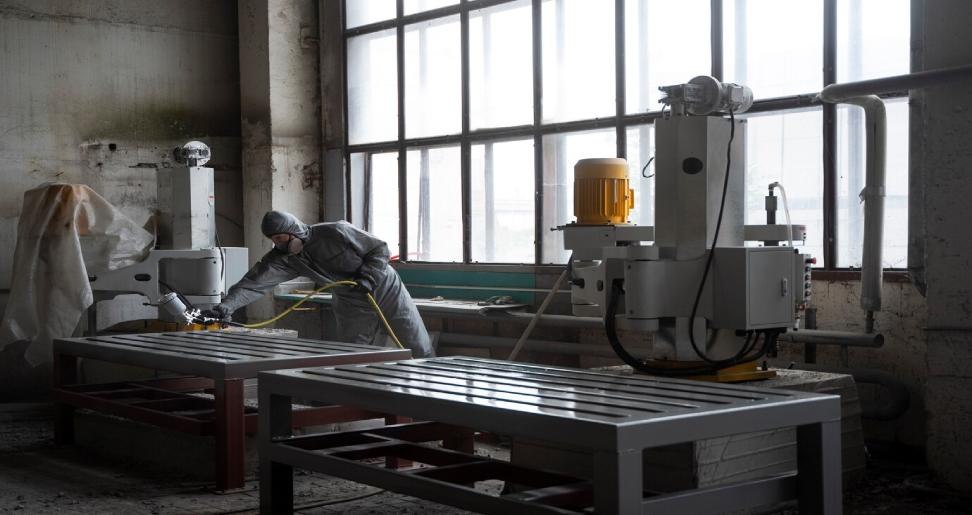In the world of metal shaping, die casting molds play a crucial role. They are essentially reusable tools that give molten metal its final form through a high-pressure injection process. Imagine a complex metal Lego brick – the mold is like the mold that shapes the individual Lego piece, and the molten metal is like the melted plastic that fills the mold. This process allows for the mass production of intricate and high-precision metal parts.
Here’s a deeper dive into the die casting mold:
Types of Die Casting Molds:
Die-casting molds come in two main varieties:
Hot-Chamber Die Casting (HPDC):
In HPDC molds, molten metal is held in a separate chamber and then forced into the mold cavity by a plunger. These molds are typically used for alloys with lower melting points, like aluminum, zinc, and magnesium.
Cold-Chamber Die Casting (CCDC):
In CCDC molds, molten metal is poured directly into the mold cavity from a separate furnace. This process allows for the use of alloys with higher melting points, like steel and copper. Due to the complexities involved, CCDC is less common than HPDC.
Components of a Die Casting Mold:
A die casting mold consists of several key components:
Die Cavity: This is the heart of the mold, where the molten metal is injected and takes its final shape. It’s essentially a negative impression of the desired part.
Die Core: This component forms internal cavities or holes in the cast part. It can be stationary or movable depending on the design complexity.
Sprue Bushing: This is the entry point for the molten metal into the mold cavity.
Runner System: This network of channels guides the molten metal from the sprue to the die cavity. It’s designed to ensure proper flow and prevent premature solidification.
Ejection System: This plastic injection molding China following the mechanism pushes the solidified casting out of the die cavity after it cools. Pins, sleeves, and hydraulic cylinders are commonly used for ejection.
Cooling System: To ensure rapid solidification and prevent defects, a network of channels allows coolant (water or oil) to circulate within the mold.
Materials for Die Casting Molds:
The choice of material for a die casting mold depends on several factors, including the type of metal being cast, the desired production volume, and the complexity of the part. Here are some commonly used materials:
Tool Steel: This is the most widely used material due to its excellent combination of strength, hardness, and wear resistance. Different grades of tool steel offer varying properties to suit specific casting requirements.
H-13 Steel: A popular choice for high-volume production due to its hot strength and resistance to thermal fatigue.
Maraging Steel: Offers high strength and excellent dimensional stability, making it suitable for complex parts and high-precision applications.
Aluminum Alloys: Used for lower volume production or applications where weight reduction is crucial. However, aluminum has lower thermal resistance compared to steel.
Design Considerations for Die Casting Molds:
Die casting mold design is a critical aspect of the process. Here are some key considerations:
Part Geometry: The mold design needs to accommodate the final shape of the part, including internal features, wall thickness variations, and draft angles (slight taper to ease part removal).
Gating System Design: The runner system needs to be optimized to ensure proper metal flow, minimize turbulence, and prevent premature solidification.
Cooling System Design: The cooling channels should be strategically placed to achieve uniform cooling and prevent casting defects like hot spots or warpage.
Ejection System Design: The ejection mechanism needs to be robust enough to eject the casting without damaging the mold or the part itself.
Advantages of Die Casting:
Die casting offers several advantages over other metal shaping methods:
High Precision: Molds produce parts with tight tolerances and consistent dimensions, reducing the need for post-machining.
Mass Production: Die casting allows for the rapid production of large quantities of identical parts, making it ideal for high-volume applications.
Complex Shapes: The process can create intricate and detailed parts with thin walls and internal features.
Surface Finish: Die castings can achieve a good surface finish, minimizing the need for additional finishing processes.
Material Versatility: A wide range of metals can be die cast, offering flexibility for different applications.
Disadvantages of Die Casting:
While advantageous, die casting also has some limitations:
High Initial Cost: The cost of designing and manufacturing a die casting mold can be high, especially for complex parts.
Limited Part Size: Due to limitations of the injection process, there are restrictions on the maximum size of parts that can be die cast.
In Conclusion:
Die casting molds are the workhorses behind the high-precision, mass production of complex metal parts. These reusable tools, designed for specific metals and part geometries, shape molten metal through a high-pressure injection process. While the upfront cost of a die casting mold can be high, the advantages in terms of production speed, precision, and surface finish make it a valuable technique for various industries. As technology advances, die casting mold design and materials continue to evolve, pushing the boundaries of what’s possible in metal shaping.
Additional:
- Where To Find The Best Panama Food?
- Top 10 Best Bachelorette Party Destinations
- How To Meet The Swimming Pigs Of The Bahamas?


